Home>Home Appliances>Kitchen Appliances>How To Make Yogurt In A Dehydrator
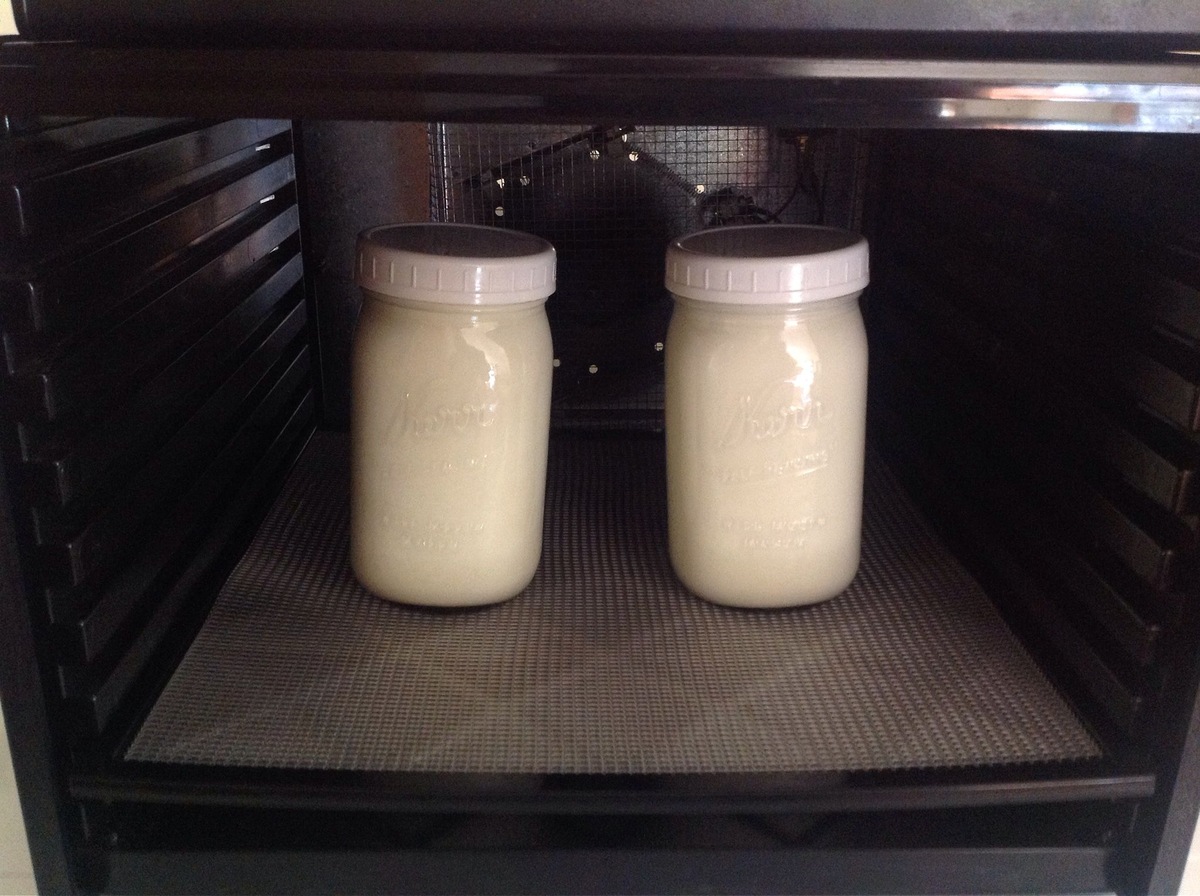

Kitchen Appliances
How To Make Yogurt In A Dehydrator
Modified: February 16, 2024
Learn how to make delicious yogurt using your dehydrator in no time. Discover the best techniques and tips for using kitchen appliances to create homemade yogurt.
(Many of the links in this article redirect to a specific reviewed product. Your purchase of these products through affiliate links helps to generate commission for Storables.com, at no extra cost. Learn more)
Introduction
Yogurt is a versatile and nutritious food that can be enjoyed on its own, used as a topping, or incorporated into a wide range of recipes. Making yogurt at home allows you to customize the flavor and texture to your liking while ensuring that you know exactly what goes into it. While there are various methods for making yogurt, using a dehydrator offers a convenient and reliable way to achieve consistent results. In this article, we will explore the benefits of making yogurt in a dehydrator, discuss the ingredients and equipment needed, provide a step-by-step guide, offer tips for perfecting the process, troubleshoot common issues, and explore the best practices for storing and enjoying your homemade yogurt.
Key Takeaways:
- Making yogurt in a dehydrator offers consistent results, hands-free operation, and energy efficiency. It’s a convenient and versatile way to create delicious homemade yogurt.
- Choose quality ingredients and equipment for successful yogurt-making. Experiment with flavors and enjoy your versatile, nutritious homemade yogurt in various creative ways.
Read more: How To Make Yogurt Slow Cooker
Benefits of Making Yogurt in a Dehydrator
Making yogurt in a dehydrator offers several advantages that contribute to the overall quality and convenience of the process. Here are some key benefits:
- Consistent Temperature: Dehydrators are designed to maintain a consistent low temperature, which is ideal for culturing yogurt. This controlled environment ensures that the yogurt cultures thrive and produce a creamy, tangy yogurt without the risk of overheating.
- Hands-Free Operation: Once you set up the dehydrator with the yogurt mixture, you can leave it to ferment without needing to monitor it constantly. This hands-free approach is convenient for busy individuals and allows for a hassle-free yogurt-making experience.
- Large Batch Capacity: Many dehydrators come with multiple trays, allowing you to make large batches of yogurt at once. This is especially beneficial for households that consume yogurt regularly, as it reduces the frequency of yogurt-making sessions.
- Versatility: In addition to making yogurt, a dehydrator can be used for various other food preservation and preparation tasks, such as drying fruits, vegetables, and herbs. This multi-purpose functionality makes it a valuable addition to any kitchen.
- Energy Efficiency: Dehydrators are designed to operate at low wattage, making them energy-efficient compared to traditional ovens. This can result in cost savings over time, especially for individuals who make yogurt frequently.
- Customization: With a dehydrator, you have control over the incubation period, allowing you to achieve the desired level of tartness and thickness in your yogurt. This customization ensures that you can tailor the yogurt to your specific preferences.
These benefits make the dehydrator an appealing option for those who are passionate about crafting their own delicious and nutritious yogurt at home.
Choosing the Right Ingredients
When making yogurt in a dehydrator, selecting high-quality ingredients is essential for achieving the best results. Here’s a guide to choosing the right ingredients for your homemade yogurt:
Milk:
The primary ingredient in yogurt is milk. Opt for fresh, pasteurized whole milk for a rich and creamy texture. However, if you prefer a lighter yogurt, you can use reduced-fat or low-fat milk. Avoid using ultra-high temperature (UHT) pasteurized milk, as it may not produce the desired consistency in the yogurt.
Yogurt Starter Culture:
To kickstart the fermentation process, you will need a yogurt starter culture containing live active cultures, such as Lactobacillus bulgaricus and Streptococcus thermophilus. You can use a small amount of store-bought plain yogurt with live cultures as your starter, or acquire specific yogurt starter cultures from a reputable source for consistent results.
Read more: How To Make Frozen Yogurt In A Blender
Optional Add-Ins:
While not essential, you can enhance the flavor and nutritional profile of your yogurt by adding vanilla extract, honey, maple syrup, or other natural sweeteners. Additionally, incorporating fresh fruit, fruit preserves, or granola after the yogurt is ready can elevate its taste and visual appeal.
Equipment Needed for Making Yogurt in a Dehydrator
In addition to the ingredients, you will need the following equipment:
- Dehydrator: Choose a dehydrator with adjustable temperature settings and multiple trays to accommodate the desired batch size.
- Thermometer: A food thermometer is essential for monitoring the milk’s temperature during the heating and cooling stages of the yogurt-making process.
- Whisk or Spoon: Use a whisk or spoon for mixing the milk and starter culture thoroughly.
- Glass Jars or Containers: Have clean, airtight glass jars or containers ready for storing the finished yogurt in the refrigerator.
By selecting quality ingredients and ensuring you have the necessary equipment on hand, you can set the stage for successful yogurt-making in your dehydrator.
Equipment Needed for Making Yogurt in a Dehydrator
Preparing homemade yogurt in a dehydrator requires specific equipment to facilitate the fermentation process and ensure optimal results. Here’s a breakdown of the essential items you’ll need:
Dehydrator:
Choose a dehydrator with adjustable temperature settings and ample tray space to accommodate the quantity of yogurt you intend to make. Look for a model with precise temperature control, ideally ranging from 100°F to 120°F (37°C to 49°C) to create the ideal environment for culturing the yogurt.
Read more: How To Make Yogurt In A Bread Machine
Thermometer:
Having a reliable food thermometer is crucial for accurately monitoring the milk’s temperature throughout the heating and cooling phases. This ensures that the milk reaches the appropriate temperature for pasteurization and then cools to the optimal temperature for adding the starter culture without overheating or cooling too much.
Whisk or Spoon:
Use a whisk or spoon to thoroughly blend the milk and starter culture. This facilitates the even distribution of the culture throughout the milk, promoting consistent fermentation and a uniform texture in the finished yogurt.
Glass Jars or Containers:
Prepare clean, airtight glass jars or containers for storing the finished yogurt. Opt for glass over plastic, as it is non-reactive and helps maintain the yogurt’s flavor and freshness. Additionally, glass containers are easy to clean and reuse, contributing to a sustainable yogurt-making process.
Strainer (Optional):
If you prefer a thicker, Greek-style yogurt, consider having a fine-mesh strainer or cheesecloth on hand. This allows you to strain the yogurt to achieve a creamy, indulgent texture by removing excess whey.
By ensuring that you have the appropriate equipment, you can streamline the yogurt-making process and set the stage for successful and enjoyable culinary experimentation in your kitchen.
Read more: How To Make Yogurt In Rice Cooker
Step-by-Step Guide to Making Yogurt in a Dehydrator
Creating delicious yogurt in your dehydrator is a rewarding and straightforward process. Follow these steps to achieve creamy, tangy yogurt with the perfect texture:
Step 1: Heat the Milk
Pour the desired quantity of milk into a saucepan and heat it over medium heat, stirring frequently to prevent scorching. Use a thermometer to monitor the milk’s temperature, heating it to around 180°F (82°C). This pasteurization step helps to eliminate any competing bacteria and denature proteins for a smoother yogurt texture.
Step 2: Cool the Milk
Allow the milk to cool to approximately 110°F to 115°F (43°C to 46°C). You can expedite the cooling process by placing the saucepan in a cold water bath and gently stirring the milk. It’s crucial to reach the optimal temperature range before proceeding to the next step.
Step 3: Add the Starter Culture
Once the milk has cooled, add the yogurt starter culture to the saucepan. Use a whisk or spoon to thoroughly incorporate the culture into the milk, ensuring an even distribution. This step initiates the fermentation process, where the live cultures begin converting the milk into yogurt.
Read more: How To Make A Solar Dehydrator
Step 4: Transfer to Jars
Pour the milk and culture mixture into clean, sterilized glass jars or containers. Seal the jars tightly to create a conducive environment for fermentation and to prevent contamination from other bacteria or yeast present in the surroundings.
Step 5: Set Up the Dehydrator
Place the filled jars in the dehydrator, ensuring that there is adequate space between them for proper air circulation. Set the dehydrator to a temperature between 100°F and 120°F (37°C to 49°C) for the fermentation period, typically ranging from 5 to 12 hours, depending on your desired level of tartness and thickness.
Step 6: Check for Doneness
After the incubation period, carefully remove the jars from the dehydrator and check the yogurt for the desired consistency. It should have a slightly thickened texture and a tangy flavor. If you prefer a thicker yogurt, you can refrigerate it for a few hours or strain it using a fine-mesh strainer or cheesecloth.
By following these steps, you can embark on a delightful yogurt-making journey in your kitchen, yielding delectable results that cater to your unique taste preferences.
Tips for Perfecting Your Yogurt-Making Process
Mastering the art of yogurt-making in a dehydrator involves attention to detail and a few valuable insights to ensure consistently delightful results. Consider the following tips to elevate your yogurt-making process:
Read more: How To Make Biltong With A Dehydrator
Use a Reliable Starter Culture:
Invest in a high-quality yogurt starter culture with live active cultures to kickstart the fermentation process. This ensures that the beneficial bacteria are robust and effective in transforming the milk into creamy, tangy yogurt.
Preheat Your Dehydrator:
Before placing the filled jars in the dehydrator, preheat it to the desired temperature. This preheating step creates a stable environment for the yogurt to ferment, promoting the proliferation of the live cultures and yielding consistent results.
Monitor the Incubation Time:
Keep a close eye on the incubation period, as it directly impacts the texture and flavor of the yogurt. Taste the yogurt periodically to gauge its tartness and thickness, adjusting the incubation time to achieve the desired balance of flavors and consistency.
Avoid Disturbing the Jars:
During the fermentation process, minimize the movement of the jars in the dehydrator to prevent any disruption to the yogurt’s formation. Vibrations or jostling can interfere with the culturing process, potentially resulting in a less cohesive texture in the finished yogurt.
Read more: How To Store Yogurt
Experiment with Milk Varieties:
Explore the unique characteristics of different milk varieties, such as cow’s milk, goat’s milk, or plant-based alternatives like almond or coconut milk. Each type of milk imparts distinct flavors and textures to the yogurt, allowing you to customize your creations based on your preferences.
Refrigerate Before Enjoying:
After the yogurt has reached the desired consistency, refrigerate it for a few hours to enhance its creaminess and allow the flavors to meld. This chilling period contributes to the development of a velvety texture and a well-rounded flavor profile in the finished yogurt.
By incorporating these tips into your yogurt-making routine, you can refine your skills and achieve exceptional results, delighting your taste buds with each batch of homemade yogurt.
Troubleshooting Common Issues
While making yogurt in a dehydrator is generally a straightforward process, occasional challenges may arise. Here are some common issues and their troubleshooting solutions to help you navigate potential hurdles:
Thin or Runny Yogurt:
If your yogurt turns out thinner than desired, it may be due to insufficient incubation time. Return the jars to the dehydrator and allow them to ferment for an additional 2 to 4 hours, checking periodically for the desired thickness. Additionally, using a higher fat content milk or incorporating powdered milk can contribute to a thicker consistency.
Read more: How To Make Prunes In A Dehydrator
Overly Tart Flavor:
An excessively tart flavor in yogurt can result from prolonged incubation or higher fermentation temperatures. To counteract this, reduce the incubation time in subsequent batches and ensure that the dehydrator is set within the recommended temperature range. You can also adjust the amount of starter culture to moderate the tartness to your preference.
Inconsistent Texture:
If your yogurt exhibits an inconsistent texture, with variations in thickness or smoothness, thoroughly mix the milk and starter culture to ensure uniform distribution. Additionally, avoid disturbing the jars during the fermentation period, as movement can disrupt the yogurt’s formation. Straining the finished yogurt can also help achieve a more uniform texture.
Unpleasant Off-Flavors:
Unwanted off-flavors in yogurt can stem from using expired or compromised starter culture. Always ensure that your starter culture is fresh and stored according to the manufacturer’s recommendations. Furthermore, maintain a clean and sanitized environment during the yogurt-making process to prevent contamination and off-flavors.
Inadequate Fermentation:
If the yogurt fails to set or develop the desired tanginess, verify that the dehydrator is maintaining a consistent temperature within the specified range. Adjust the incubation time accordingly, and consider using a reliable thermometer to monitor the dehydrator’s internal temperature for accuracy.
By addressing these common issues with practical solutions, you can troubleshoot challenges that may arise during the yogurt-making process, ultimately refining your skills and achieving consistently delightful batches of homemade yogurt.
Read more: How To Make Pork Jerky With A Dehydrator
Storing and Enjoying Your Homemade Yogurt
Once you have successfully crafted your delectable homemade yogurt in the dehydrator, it’s essential to store it properly to maintain its freshness and flavor. Here’s how to store and savor your yogurt:
Refrigeration:
After the yogurt has completed the fermentation process and achieved the desired texture and flavor, promptly refrigerate it to halt further culturing. Store the yogurt in airtight glass jars or containers to preserve its quality. Refrigerated yogurt typically remains fresh for up to two weeks, though its flavor may gradually intensify over time.
Flavor Enhancements:
Enjoy your homemade yogurt in its pure, creamy form, or personalize it with an array of delectable additions. Add a drizzle of honey, a spoonful of fruit preserves, or a sprinkle of granola to elevate the taste and add delightful textures. Experiment with various combinations to discover your favorite flavor profiles.
Versatile Culinary Ingredient:
Homemade yogurt is a versatile ingredient that can be incorporated into numerous recipes, both sweet and savory. Use it as a base for smoothies, parfaits, and salad dressings, or as a creamy topping for soups and curries. Its natural tanginess and creamy consistency make it a valuable addition to your culinary repertoire.
Read more: How To Make Carrot Chips In A Dehydrator
Yogurt Preservation:
If you find yourself with an abundance of homemade yogurt, consider freezing portions in ice cube trays or silicone molds. Once frozen, transfer the yogurt cubes to a resealable bag for convenient use in future recipes. Frozen yogurt cubes are ideal for blending into refreshing smoothies or adding a creamy touch to sauces and marinades.
Creative Serving Ideas:
Present your homemade yogurt in an inviting manner by layering it with fresh fruits and nuts in elegant glassware, or by incorporating it into visually appealing breakfast bowls. The aesthetic presentation enhances the enjoyment of your yogurt, making it a delightful treat for any time of day.
By storing your homemade yogurt thoughtfully and exploring diverse ways to savor and utilize it, you can fully appreciate the fruits of your labor and indulge in the wholesome goodness of your meticulously crafted yogurt.
Frequently Asked Questions about How To Make Yogurt In A Dehydrator
Was this page helpful?
At Storables.com, we guarantee accurate and reliable information. Our content, validated by Expert Board Contributors, is crafted following stringent Editorial Policies. We're committed to providing you with well-researched, expert-backed insights for all your informational needs.
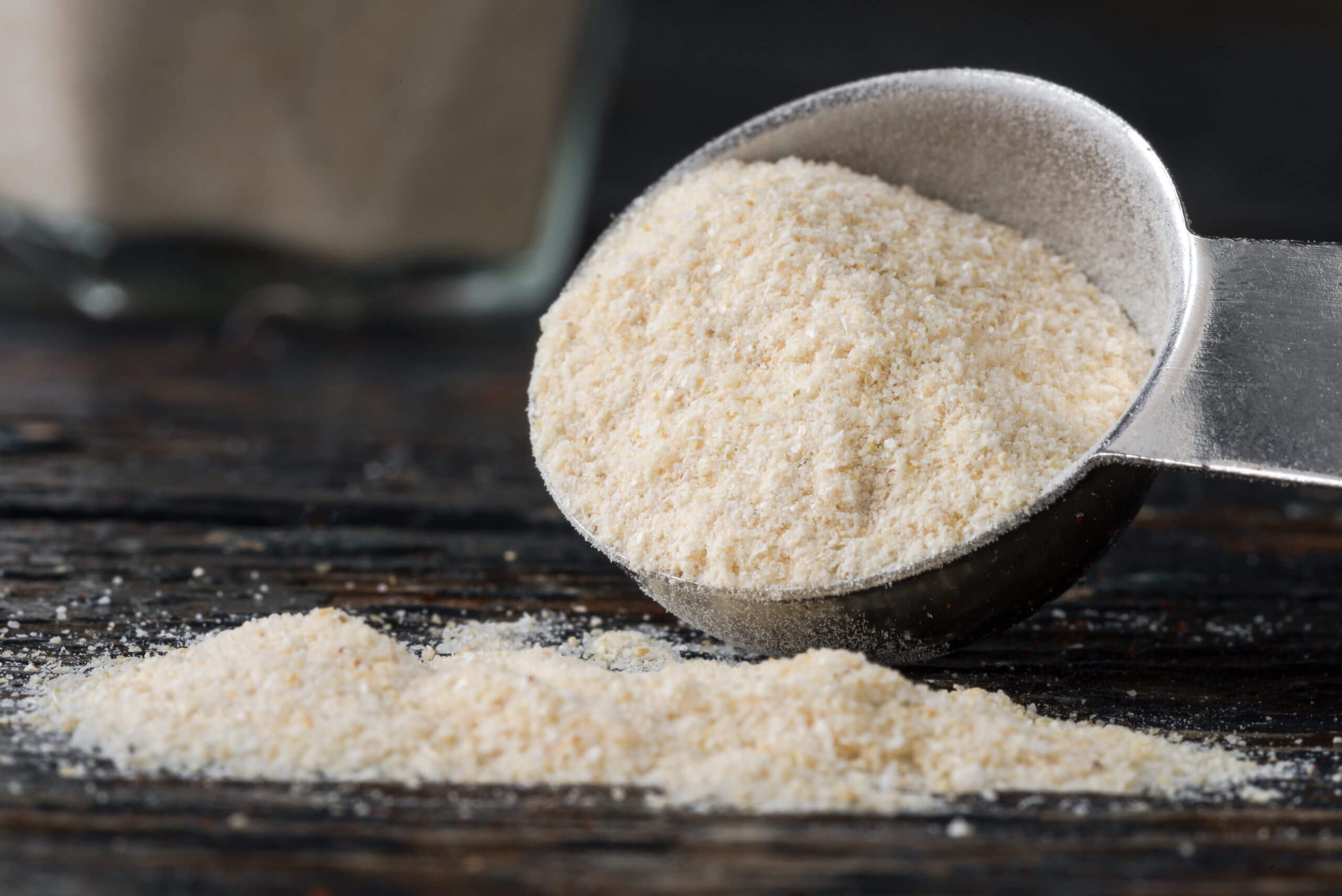
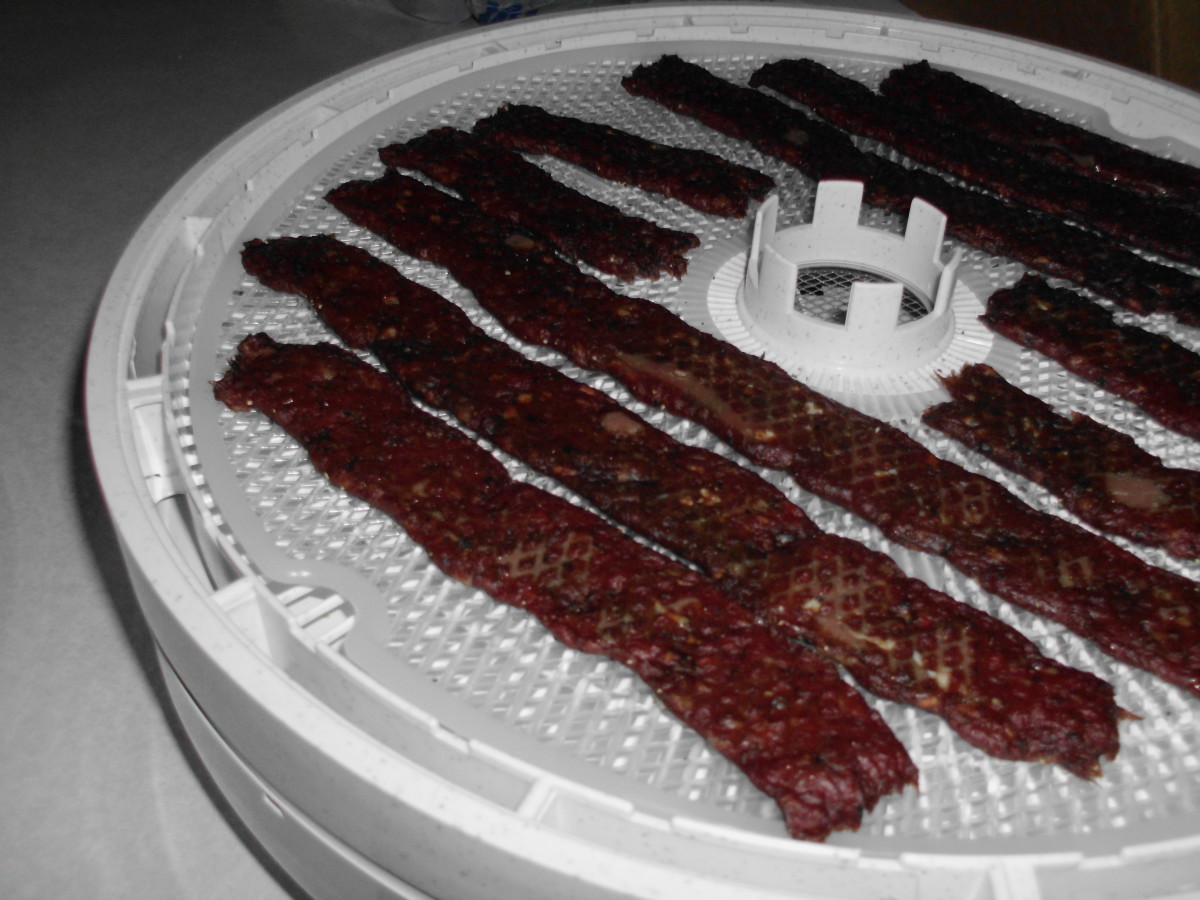
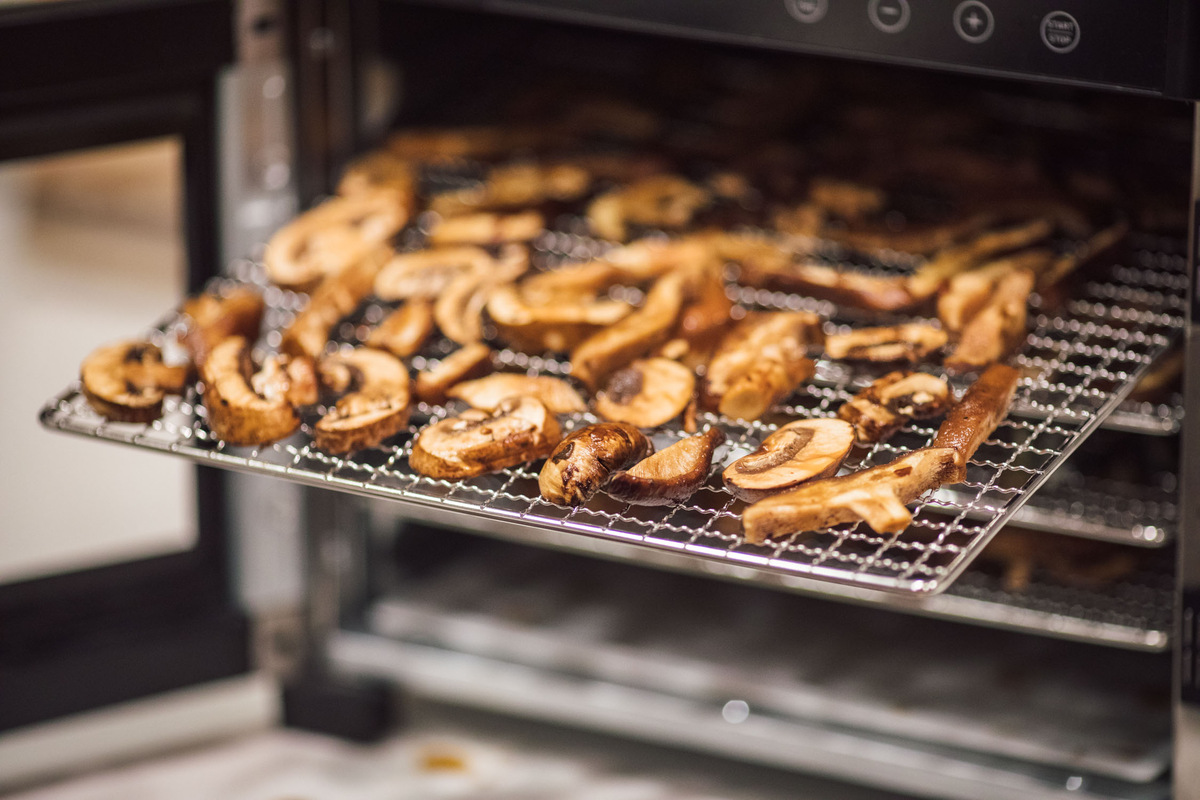
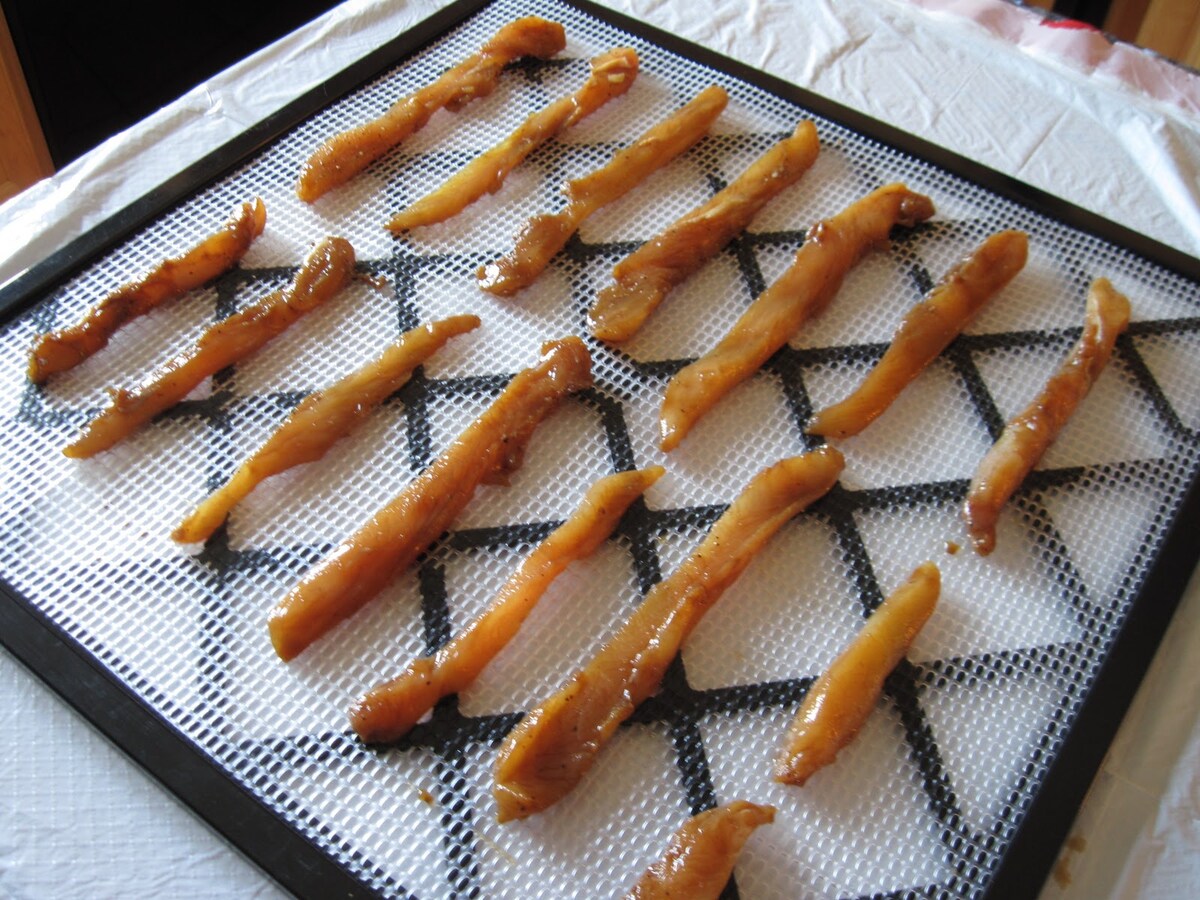

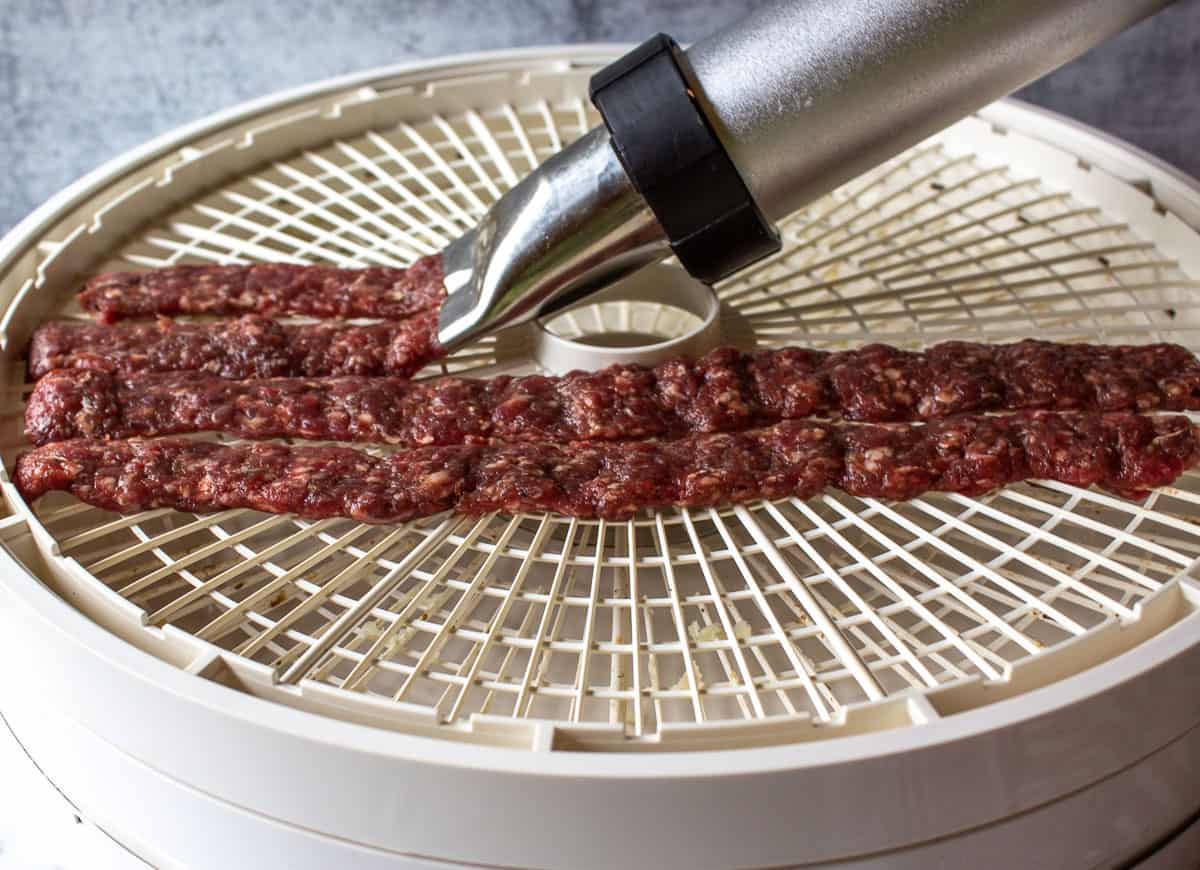

0 thoughts on “How To Make Yogurt In A Dehydrator”